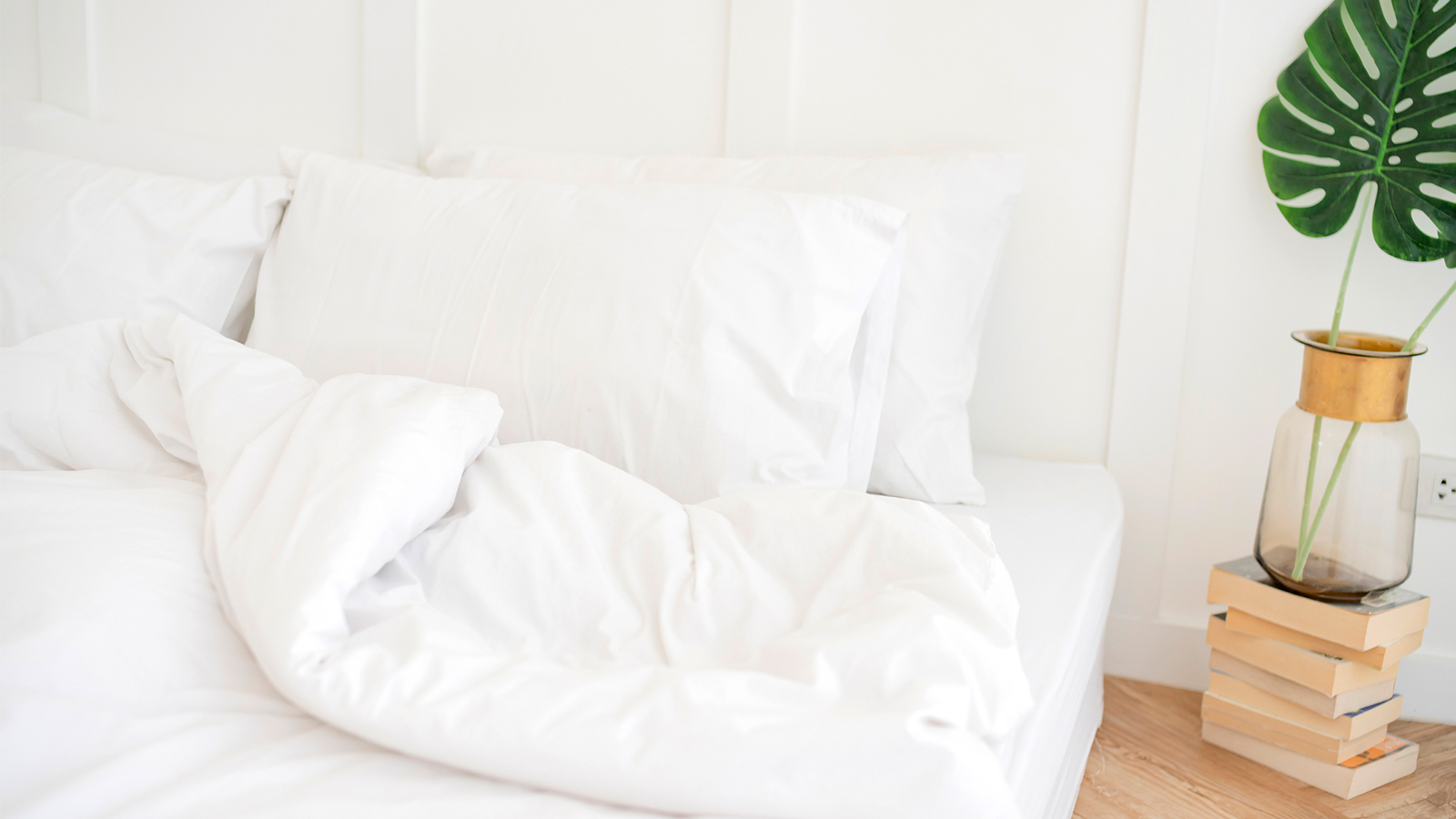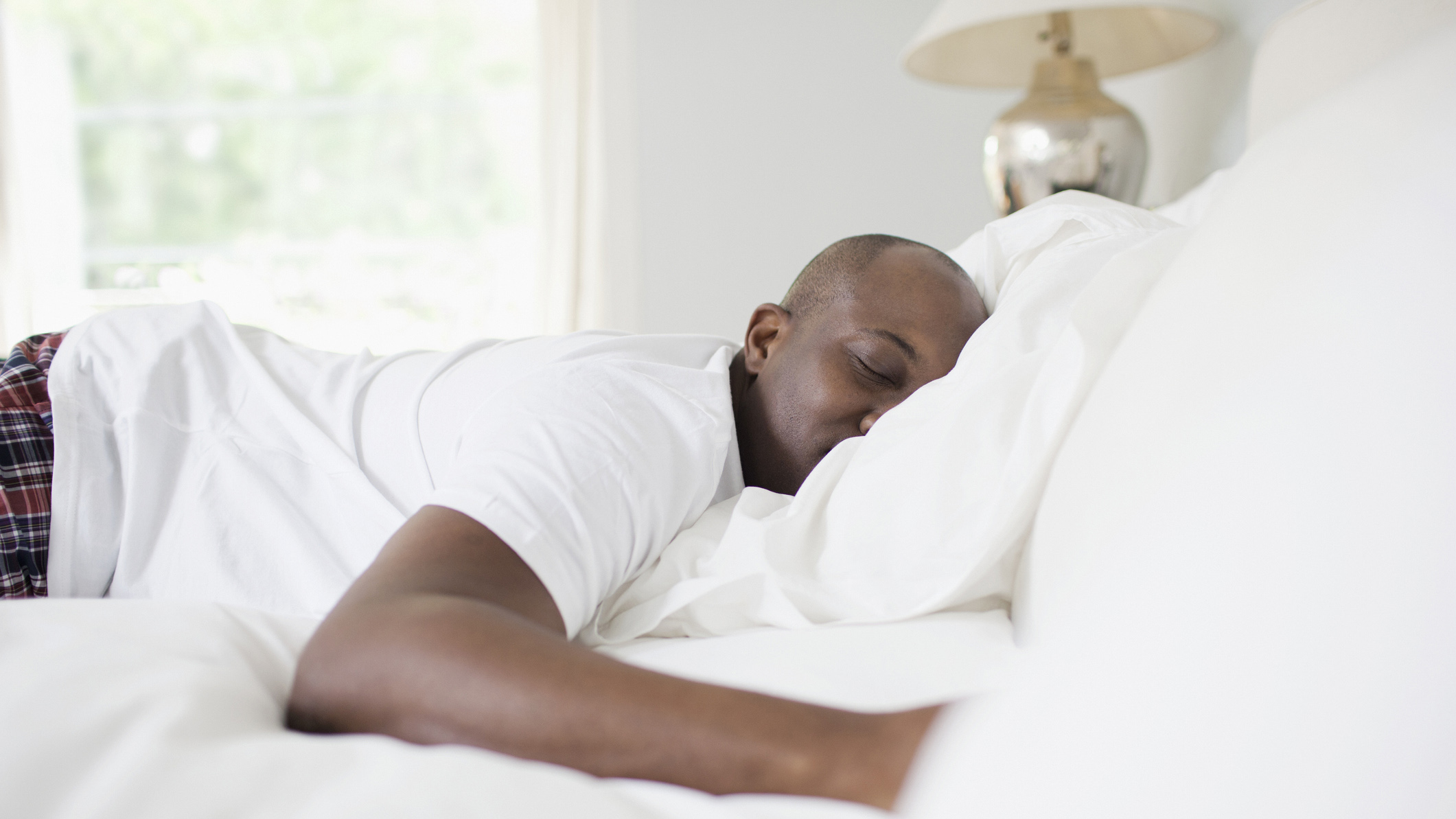Regular sleep is essential for our wellbeing, and while there’s a lot you can do before hitting the bedroom to ensure you sleep well, one way to give yourself a chance of sleeping better is to pick the right bed for you. In our guide to the best mattress online, we explain that a good mattress offers support and comfort, and these are doubly important if you have back pain.
The American Association of Chiropractors estimates that up to 80% of Americans suffer from back pain at some point, and while some of this could be due to a health condition, injury, or simply aging, choosing a mattress for back pain relief can only help. But with so many brands claiming to make mattresses that relieve pressure and reduce back pain, how do you know which one to buy?
Well, there are certain features to look out for when choosing a mattress for back pain, and that begins with enhanced support and proper spinal alignment during sleep. Lack of support could make poor sleep posture worse, and add extra tension and stress on your muscles. Memory foam is one of the most popular choices of material in mattresses for back pain, as it almost cradles your body during sleep.
As we explain in our guide to the best Saatva mattress discounts and deals, Saatva is our choice of mattress for back pain, and the brand is approved by the American Association of Chiropractors. The Purple Hybrid Mattress is another good choice, thanks to its Grid Technology that reduces pressure on your hips, waist and back, and there’s often a Purple mattress deal to make it cheaper.
1. Forget the ‘one type fits all’ approach
Let’s get the harsh truth out of the way: there is no single mattress that works for every single person experiencing back pain. Why not? Because each of us has different support requirements and comfort preferences during sleep. That’s also the reason why many couples often squabble when choosing a new bed, as what feels right for your back may feel too firm or too soft for your partner.
There are also many causes of upper and lower back pain, so we’d recommend speaking to your doctor about what could be causing yours, and to get their tips on how to relieve it. They may even suggest ways to relax your body before you go to sleep. For example, some people enjoy using a handheld massager to ease muscle tension and soreness.

2. Prioritize support and comfort
Ultimately, you want the best of both worlds when choosing a mattress for back pain. Medium-firm types suit a majority of people, as they enable your shoulders and hips to sink in a little deeper, which creates more of a cradled yet weightless feel. Memory foam is a popular choice here.
Firmer mattresses are also recommended for certain types of back pain, but if it’s too firm you could end up really pressing down on your various pressure points and causing more discomfort.
3. Pick pressure relieving materials
Not all mattresses for back pain are made in the same way. Some use memory foam, some have coils and springs, and others are made of natural materials. Each has pros and cons, but often it's down to personal preference. Latex is a natural material suited to most people who swap positions as they sleep – something which happens frequently when trying to get comfy with a bad back.
Memory foam is excellent if you need extra pressure relief when sleeping on your side, as it promotes good spinal alignment while simultaneously cushioning your hips, knees and shoulders. And if you’re worried you might get too warm, rest assured that the new breed of memory foam means overheating is a thing of the past. So much so that some of the best cooling mattresses are made with foam.
If you need support for long term back pain, consider an innerspring model, which is a more traditional construction offering plenty of bounce.
4. Know your sleep position
Many beds are designed to ensure your spine, hips and neck are perfectly aligned. This is crucial if you suffer from back pain, as throwing your spine out of alignment can make pain and discomfort worse.
If you tend to sleep mainly on your stomach or side, your first step is to look for beds designed for your specific sleep position. For instance, stomach sleepers tend to require more support to keep their spine aligned, so you might want to try out a firmer mattress.
Side sleepers often need more pressure relief because their hips, knees and shoulders dig into the mattress most. Back sleepers would benefit from a medium-firm mattress that perfectly supports the spine in the most natural and aligned way. Consider adding in bed topper for added pressure relief.

The Casper Original Hybrid is a good choice for multiple sleep positions as it features dedicated ‘zones’ to ensure proper spinal alignment, with softer foam around the shoulders and firmer foam at the hips, waist and lower back.
This makes it an ideal mattress for back pain if you tend to shift positions as you sleep. For the latest savings, read our guide to the best Casper mattress deals and discounts.
5. Opt for comfort layers and minimal motion transfer
Aptly named ‘comfort layers’ are a common feature with mattresses for back pain, and many opt for pillow-top or memory foam top comfort layers. If you have allergies, there are also plenty of natural options to choose from, with brands such as Avocado Green and Tuft and Needle offering natural, hypoallergenic options.
Finally, look out for mattresses that offer minimal motion transfer. This is especially useful if you are a different body weight to your sleep partner, or if they shift around as they snooze. Motion transfer reduces the chance of you waking, should the other person become restless.
6. Pay attention to the trial period and warranty
Most sleep brands offer generous trial periods now, so you can sleep on your mattress for at least 100 days before making up your mind. This is important as it takes at least a month to get used to a new bed anyway, let alone if you’re dealing with back pain, which needs extra care and attention. The last thing you want is for your bed to make your pain worse, so having a decent trial period will give you an idea of what things will be like in the coming months and years.
Also, it goes without saying that if you’re resting on a surface for at least seven hours a night, 365 nights a year, there will eventually be wear and tear. While this is natural, the better the quality of mattress to start with, the longer it will support your back without you needing to replace it anytime soon.
Most new beds come with a warranty of up to ten years or longer. Saatva, for example, offers a fantastic 20-year guarantee on its dreamy all-latex Zenhaven. While the initial outlay on something like that might be higher, the guarantee is that it should last twice as long as the average, and avoid having to dispose of a mattress every few years.
For further sleep content, read our guides to the best pillows for sleeping, sound machines to help you drift off, and the best sunrise alarm clocks to you wake easier.

